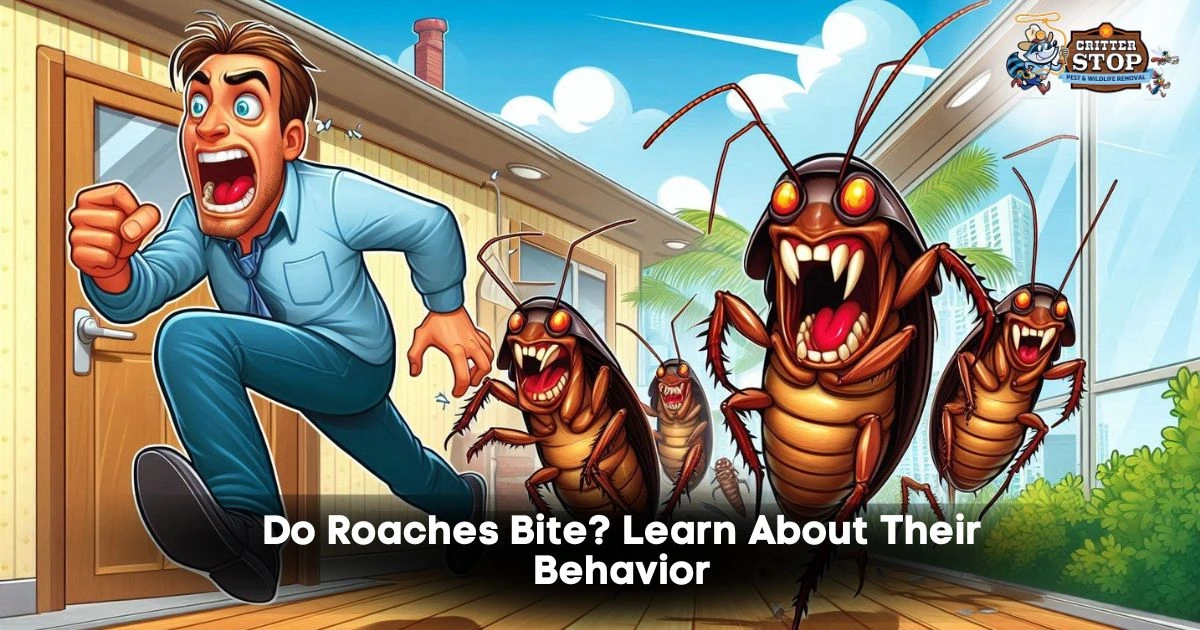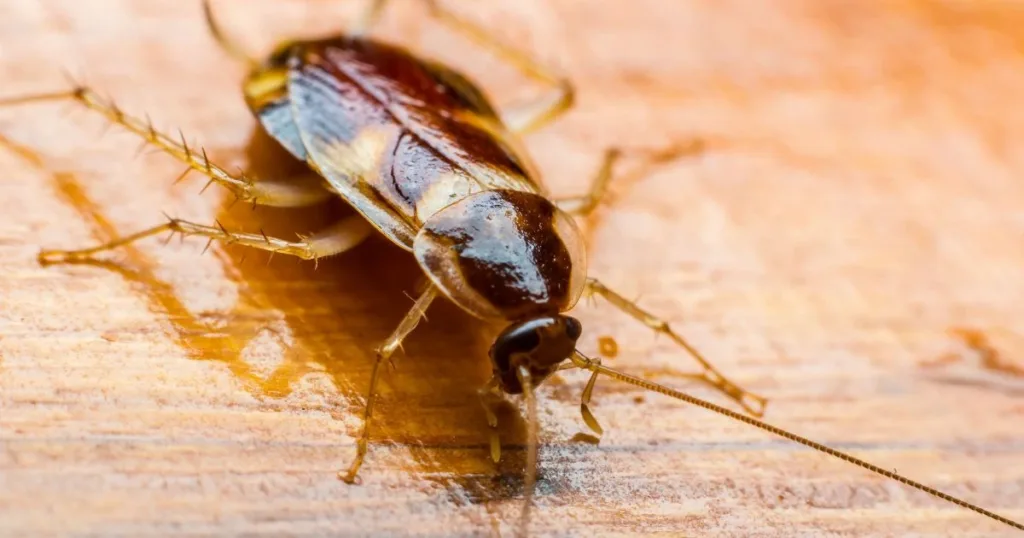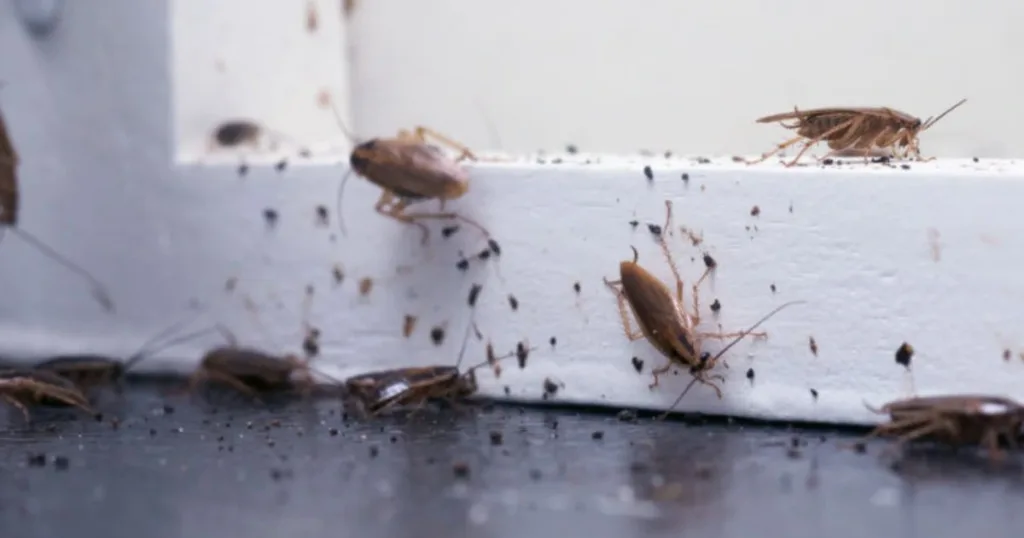
Do roaches bite? Roaches are common household pests that many people worry about, especially when it comes to biting. While cockroaches can bite humans, it is infrequent, and their bites are usually painless and not dangerous. They are more interested in food than in biting, so bites typically occur only in unusual situations, such as food scarcity.
You might still wonder what a roach bite looks like or if it poses any health risks. Understanding when and why roaches bite can help you better identify potential bites and take steps to prevent them. Learning more about cockroach behavior and how to protect your home is key to avoiding any issues.

Roaches generally avoid biting humans unless food is scarce or their population is very high. Some species are more likely to bite than others, but bites happen rarely and usually cause minor irritation. Understanding which roaches bite and why will help you better protect yourself and your home.
Not all roaches bite, but particular species can. The American cockroach, German cockroach, and Oriental cockroach are among the types reported to bite humans occasionally. These roaches tend to feed on a variety of materials, including plant-based and animal-based matter.
Bites typically occur on exposed skin areas such as fingers, hands, feet, or eyelids. The bite may cause small, red bumps that itch or swell. Keep in mind that cockroaches don’t have teeth; they use sharp mandibles to nip and tear food, which can feel like a pinch but is not a proper bite in the traditional sense.
Cockroaches usually avoid humans but may bite if food is minimal or their infestation is heavy. When roaches multiply in large numbers, they may become desperate for nutrition and may nibble on exposed skin.
Other reasons for biting include attraction to sweat, dead skin cells, or damaged skin. Bites most often occur at night while you are sleeping. If you notice unexplained bites, it might indicate a severe cockroach infestation where they are competing for food.
To reduce the risk of cockroach bites, focus on controlling infestations and eliminating food sources in your home.

Roach bites can cause red, itchy bumps that may resemble other insect bites but tend to be more inflamed. Knowing how to spot these bites and the proper steps for care can help reduce discomfort and prevent further issues.
Roach bites typically cause localized skin reactions, such as redness, swelling, and itching. Some individuals may experience allergic responses, which can exacerbate inflammation and discomfort. Although cockroaches rarely bite humans, when they do, it’s often in cases of heavy infestation or food scarcity.
In rare cases, bites can lead to secondary infections if scratched excessively. If you notice severe swelling, pus, or spreading redness, seek medical advice promptly to avoid complications.
Begin by cleaning the bite area with soap and water to reduce the risk of infection. Applying a cold compress can help ease swelling and itching. Over-the-counter hydrocortisone creams or antihistamines are effective for managing itching and inflammation.
Avoid scratching the affected skin to prevent breaking the skin barrier and causing infection. If symptoms worsen or allergic reactions occur, consult a healthcare professional for further treatment. Maintaining a clean, pest-free environment is crucial to preventing future roach bites.

When you notice roaches in your home, it's essential to act quickly. Small sightings may be manageable with over-the-counter treatments or preventive measures, such as sealing cracks. However, a significant infestation often requires professional assistance.
Exterminators specialize in identifying the extent of a roach problem and applying targeted treatments. They use safe and effective methods that can reach roaches hiding in walls, cabinets, and other hard-to-access areas.
If you’re wondering whether cockroaches bite, it’s rare but possible. Roach bites can cause mild irritation or allergic reactions. Professional pest control can reduce the risk by eliminating roaches before bites become a concern.
To determine who to call, look for pest control companies with experience in cockroach removal and a strong track record of customer satisfaction. A reliable service will inspect your property, explain the options available, and create a customized plan tailored to your specific needs.
Services to expect:
For professional, humane, and thorough roach removal, consider contacting Critter Stop. They offer a free inspection to assess your situation and provide expert advice. Critter Stop has earned a strong reputation for quality work and exceptional customer service. Call them at (214) 234-2616 to start solving your roach infestation today.
Roach bites are uncommon but can cause skin irritation and redness. Understanding how these bites occur, their symptoms, and the potential health risks helps you respond appropriately and take preventive measures.
Yes, roaches can bite, but it is rare and usually happens when food is scarce. Their bites are not highly dangerous but can cause mild discomfort and minor skin irritation. Serious complications are uncommon unless an infection develops.
Roach bites are not very common because roaches generally avoid humans. If you get bitten, clean the area with soap and water to reduce the risk of infection. Apply an antiseptic and use a cold compress if there is swelling.
Cockroaches can bite when they feel threatened or hungry. Their bites may lead to minor infections due to bacteria on their bodies if not adequately treated. Health risks increase mainly if the bite is scratched or contaminated, as this can allow bacteria to enter the wound.
Symptoms include redness, swelling, and itchiness around the bite site. To prevent bites, keep your home clean, seal any cracks, and use baits or insecticides to control roach populations. Also, avoid sleeping in areas where roaches are common.
Roach bites generally cause irritation rather than serious health issues. You should monitor the bite to avoid infection, but you do not need to be overly concerned. Persistent symptoms or signs of illness should prompt you to seek medical attention.
Visit our Critter Library and learn more about our furry friends